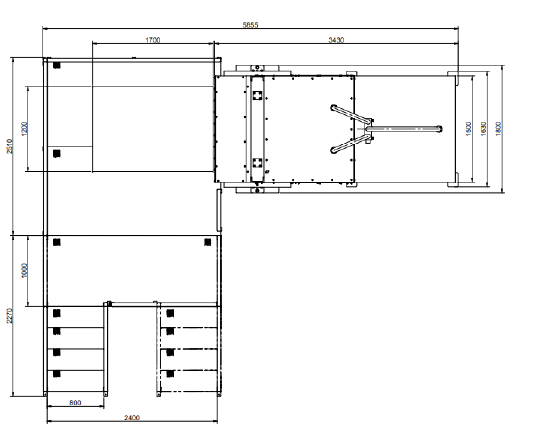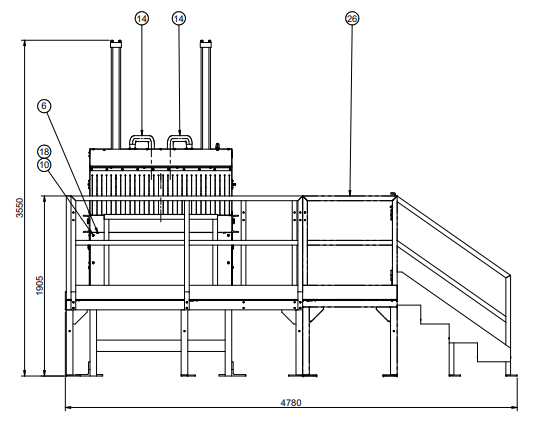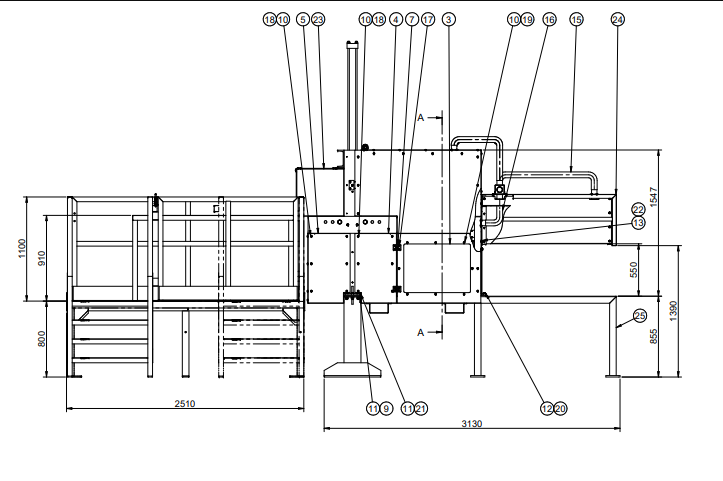Linha de separação e refino para metais da Stokkermill Recycling Machinery são sistemas extremamente versáteis e flexíveis que podem operar em diferentes campos com o objetivo de separar metais de diferentes tipos de plásticos e inertes. As usinas de refino de metais podem separar metais ferrosos usando separadores magnéticos de vários tipos e com diferentes forças coercitivas. Separadores com maior capacidade coercitiva podem separar frações de aço inoxidável e possibilitar a separação de metais paramagnéticos, em geral. Sistemas de separação Eddy Currente ou, separadores de correntes de Foucault, permitem a separação de metais não-ferrosos das frações inertes. As múltiplas mesas densimétricas, geralmente posicionadas no final da planta de refino de metal, permitem a separação de frações de metais pesados das frações de metais mais leves. Os separadores ópticos permitem, finalmente, separar as frações de cor e/ou forma diferentes. São tecnologias de última geração capazes de fazer separações extremamente precisas e exatas.
Na entrada, as maquinas de separação de metais estão equipadas com um sistema de redução do tamanho dos materiais destinados à separação. A redução volumétrica pode ser realizada com diferentes tecnologias:
Mais plantas de reciclagem projetadas e fabricadas pela Stokkermill Recycling Machinery:
- Linhas de refinação de materiais elétricos e eletrônicos (REEE)
- Linhas de processamento e refinação de alumínio
- Linhas de tratamento de veículos em fim de vida (VFV)
- Linhas de tratamento de hard-disk
- Linhas de reciclagem de toner
- Linhas de reciclagem de painéis solares
- Linhas de tratamento de fluff
- Linhas de reciclagem de cabos
- Linhas de processamento de placas eletrônicas (PCB)
- Linhas de reciclagem de cápsulas de café
- Linhas de tratamento de resíduos esmagados















